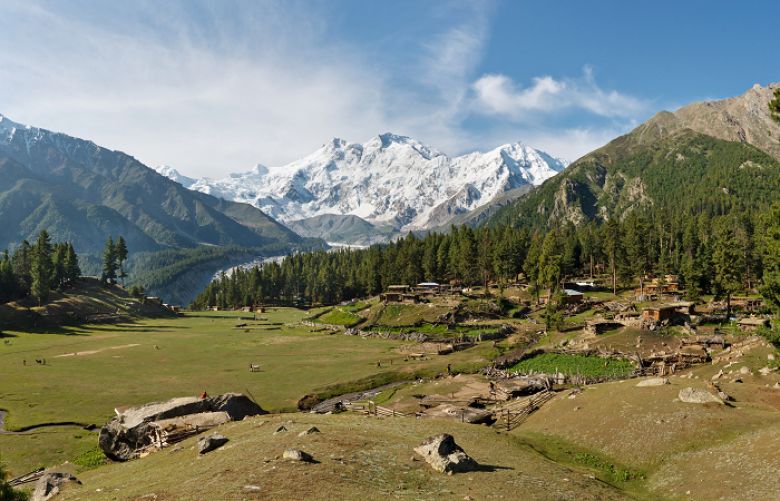Gilgit Baltistan, nestled amidst the towering peaks of the Karakoram and Himalayan ranges, has long been a sanctuary for adventurers and nature enthusiasts.
However, as the world grapples with the far-reaching impacts of climate change, this picturesque region faces its own set of challenges, particularly as we approach the summer of 2024.
Research indicates that Gilgit Baltistan is experiencing noticeable shifts in its climatic patterns. The summers, once characterized by mild temperatures and abundant rainfall, are now exhibiting signs of increasing warmth and erratic precipitation.
Glacial retreat, a visible consequence of rising temperatures, not only alters the region's landscape but also disrupts local ecosystems and water sources vital for agriculture and livelihoods.
As we anticipate the summer of 2024, residents and visitors alike should prepare for potentially hotter temperatures and sporadic rainfall. The prolonged heat spells may pose challenges for outdoor activities and agricultural practices, while unpredictable rainfall patterns could lead to water scarcity and heightened risk of flash floods in vulnerable areas.
While the summer months have traditionally been favored by tourists for their pleasant weather and accessibility to high-altitude trekking routes, travelers planning a visit in 2024 should consider the early summer months to avoid the peak of heat and potential weather extremes.
The changing climatic conditions also impact tourism and accessibility in Gilgit Baltistan. Melting glaciers may affect roadways and infrastructure, leading to temporary closures and delays. Additionally, shifts in vegetation and wildlife patterns could alter the region's biodiversity, influencing the tourist experience.
In the face of these challenges, local communities and authorities are increasingly focusing on adaptation and resilience measures.
This includes investing in sustainable tourism practices, water management strategies, and infrastructure development resilient to climate impacts.
As Gilgit Baltistan braces itself for the summer of 2024, it is imperative for stakeholders to collaborate on holistic solutions that mitigate the adverse effects of climate change while preserving the region's natural beauty and cultural heritage.
By understanding and addressing the challenges posed by shifting climatic conditions, we can strive towards a more sustainable and resilient future for Gilgit Baltistan and its inhabitants.







